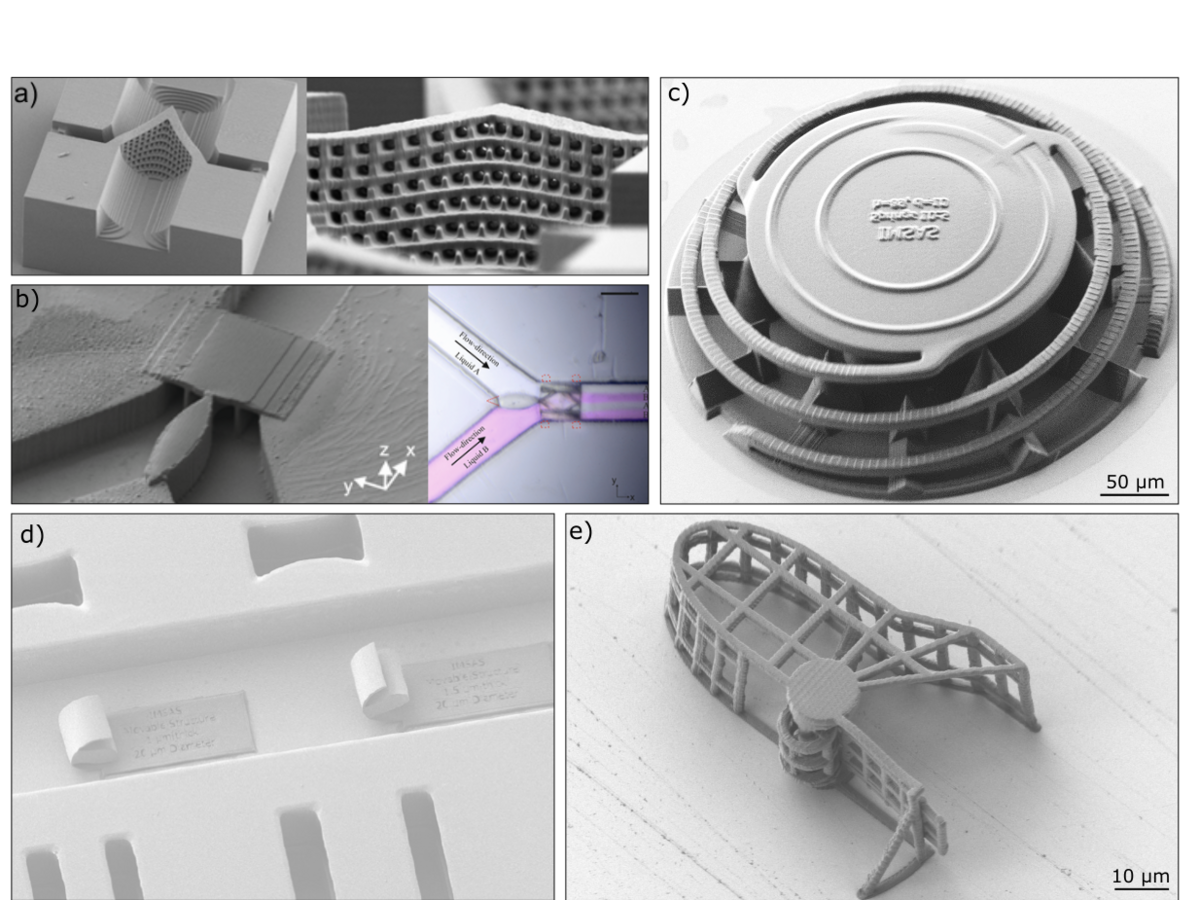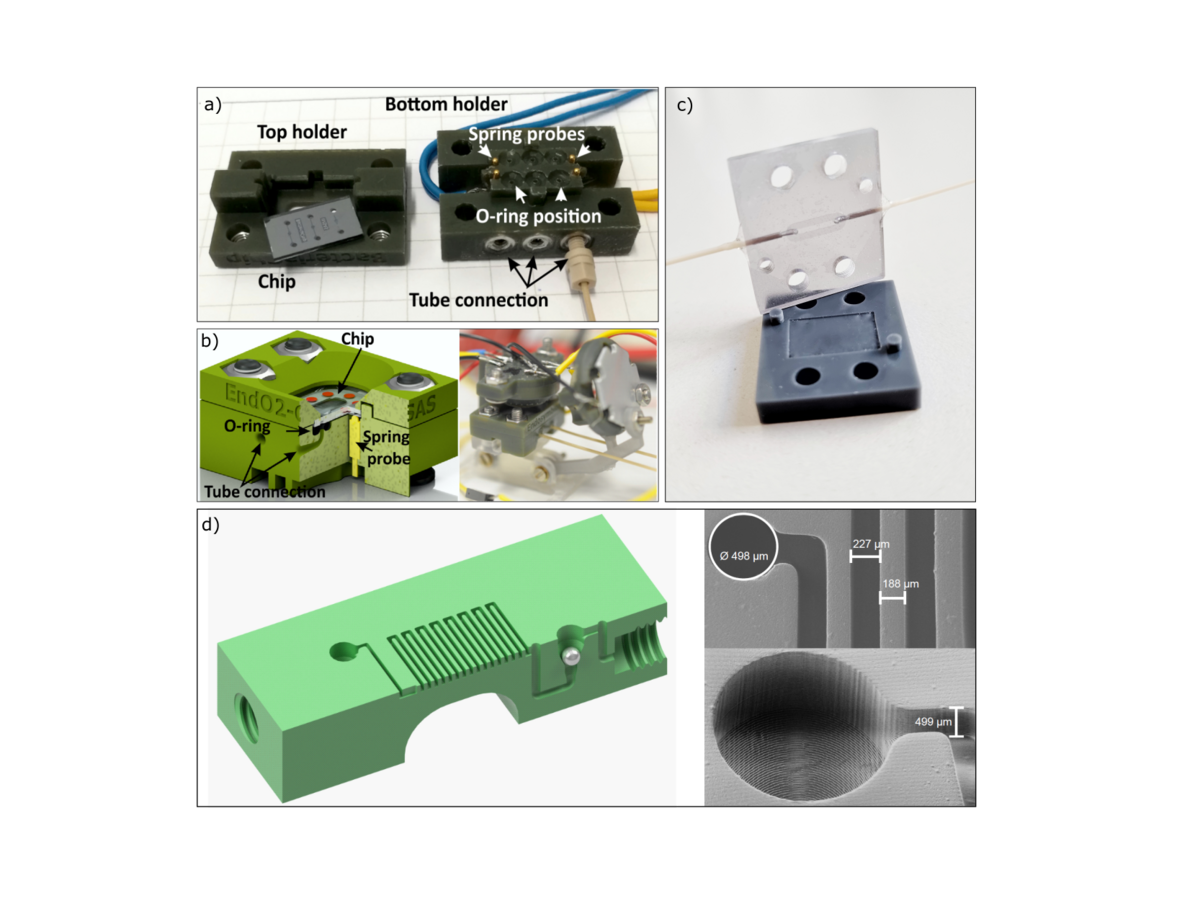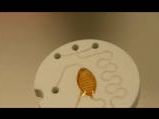Projects Group Vellekoop
UP Wing
Design and realization of a Stall Protection Sensor
As part of a project funded by the European Union to increase the energy efficiency of commercial aircraft, flow sensors will be integrated into wings. In order to meet the mechanical requirements in real flight operations, new measurement methods and manufacturing processes for thermal flow sensors will be tested. The project is coordinated by Airbus Operations GmbH.
more
I3 Sense
i3Sense Foil sensor integration into natural fibre reinforced composites
In the course of the " i3Sense" project, foil-based micro sensors will be integrated into wood composites. The sensors enable monitoring during the production process as well as in their subsequent application in construction industry. Deviating conditions such as penetrating moisture and mechanical overload can be detected.
more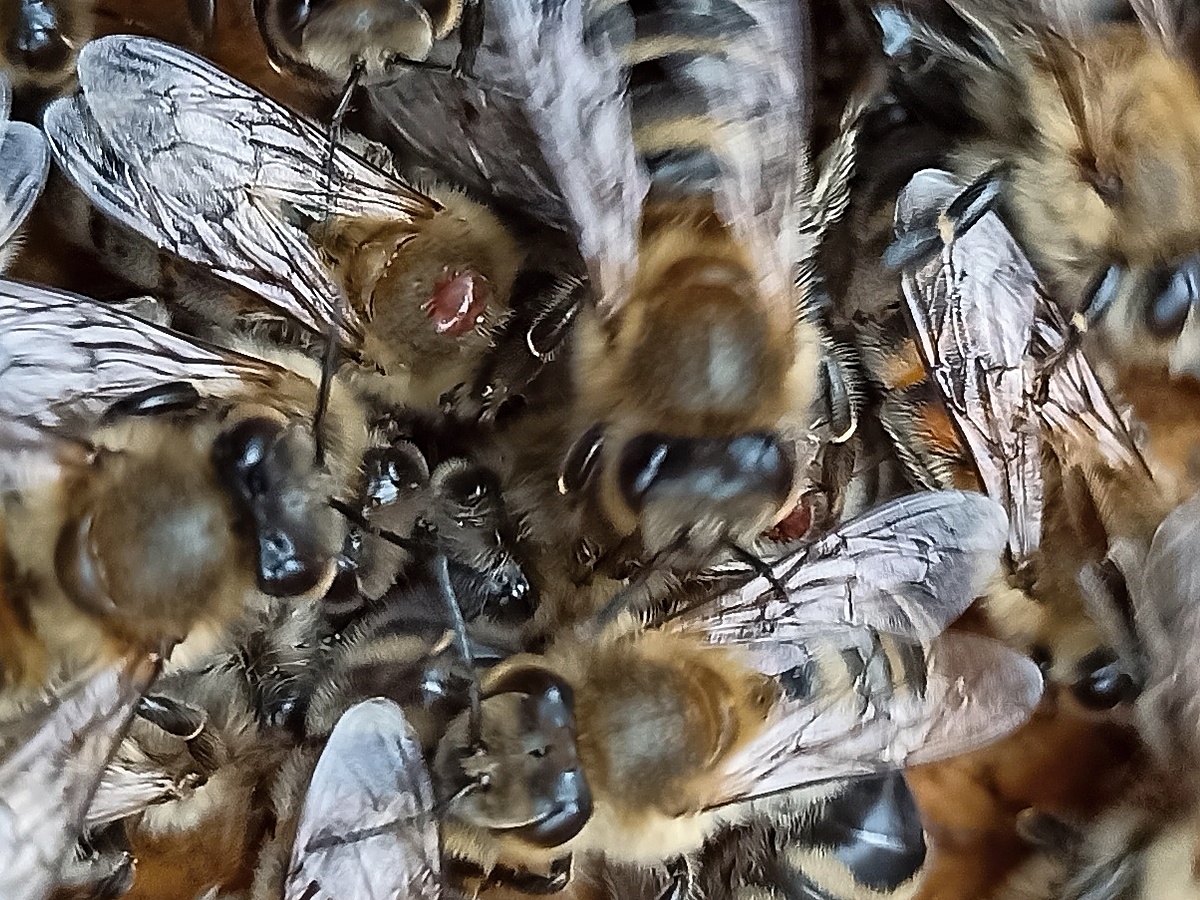
BeeVar
Miniaturised measurement and spray system for bee population treatments against Varroa mites
In the “BeeVar“-project a system is developed, which sprays a treatment agent on bees that are infested with mites. At the entrance of the beehive a camera analyses infestation and movement of the bee. Then, where appropriate, a shot through a micro nozzle is released. The system considers environmental parameters in order to ensure a desired and controlled treatment.
more2-Photon Polymerization of Fluidic 3D Microstructures
With the technology of direct laser writing using two-photon polymerization we can realize complex three-dimensional sub‑micron structures in photopolymer resists. The increased writing speed of modern equipment allows wafer-level processing. In this work we aim to design and fabricate novel microfluidic structures that can be written directly into microchannels to integrate fluidic functionality such as filters, mixers, valves, flow sensors as well as movable and optofluidic elements.
more3D microfluidic chip holders and systems
The adoption of microfluidic devices is often slowed by packaging challenges, especially reliable connections to the macroworld, and limitations of planar chip fabrication technology. We have revolutionized our packaging approach to 3D-printing custom chip holders and we amended our device possibilities with completely printed fluidic systems.
more
Phononic-Fluidic Systems
The combination of so-called phononic crystals with microfluidic systems is a novel approach to develop a platform exploiting physical properties for the (bio)chemical analysis of liquids and mixtures. Taking advantage of additive fabrication we design and build three-dimensional lattices to control acoustic wave propagation. These structures will then be integrated around and within microfluidic cavities and channels.
more
Functional additive fabrication of simple sensor systems
The additive fabrication of objects with electrical or magnetic functionality is still a challenge especially for smaller dimensions. We combine different 3D and screen printing techniques to showcase the possibilities of simply printing custom sensor elements and ‘smart’ parts.
more
ZIM Netzwerk Lab-on-a-Chip
In April 2017 IMSAS cofounded ZIM - Netzwerk für Lab on a Chip Technologies (LoaC) . Experts from science and economy amalgamate knowledge and competence to develop cost-effective miniature laboroties in chip-format.
Boomer
Bacterial periplasmic Organelles and Outer Membrane Vesicles
Boomer is a co-operation between the Institute for Microsensors, -Actuators and -Systems, the Jacobs University Bremen and Ionovation GmbH. The focus of the joint project is to supply biological preparations for antibiotic research. State-of-the-art processes from nano- and microtechnology are applied for the production and characterization of these preparations.
more
Red Histo
REDHISTO is developing a system for the infrared spectroscopic analysis of tissue samples. Our focus is to simplify the detection of cancer cells by histopathologists as well as opening new research paths for the biomedical scientific community.
REDHISTO is supported by the Federal German Government through funds from the Ministry of Economy and Energy and through the European Social Fund (ESF). REDHISTO is additionally supported by the Bremer Aufbau-Bank through funds of the Senator of Economy and Ports of the state of Bremen and by the European Regional Development Fund (ERDF). REDHISTO is the winner of the CampusIdeen 2016 contest, organized by the Universities of the state of Bremen and the Bremer Aufbau-Bank.
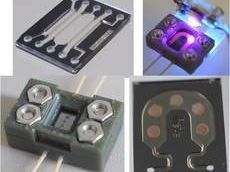
Life Chip
The LifeChip-Project aims at designing a microchip which enables the cultivation of mammalian cells. Cells will be seeded on specific spots, fed nutrition and oxygen and will be detached in due course. Using hydrogels will create porous walls for the transport of nutrition as well as Parylene to manipulate the surface properties.
more
BSI - Bedside-Immunomonitoring
Project Bedside-Immunomonitoring aims at developing a patient-near dignostics system for infectious diseases.
Thus, analysis of the most important infectious markers in patient's blood can be done in a much shorter time and with a much smaller amount of blood than in common tests.
moreBiomedical engineering for cancer and brain disease diagnosis and therapy development (EngCaBra)
The project focuses on the realisation of novel methods and devices for analysis of cellular and molecular mechanisms related to cancer and brain diseases. EngCaBra
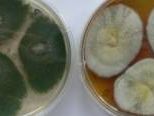
Joint Project MaUS - An Autonomous Microreactor System for Detection of Mold Contaminations
Group Vellekoop und Group Lang
Joint Project MaUS - An Autonomous Microreactor System for Detection of Mold Contaminations
The MaUS project aims at designing an autonomous sensor system for the detection of mold contaminations in archives and in food transport containers. In collaboration with four industrial partners, various mold detection methods based on optical, electrochemical, fluorescence principles etc. will be investigated. One novel way to design such an autonomous system is to automatize the traditional culturing techniques by integrating an air sampling unit.
more



